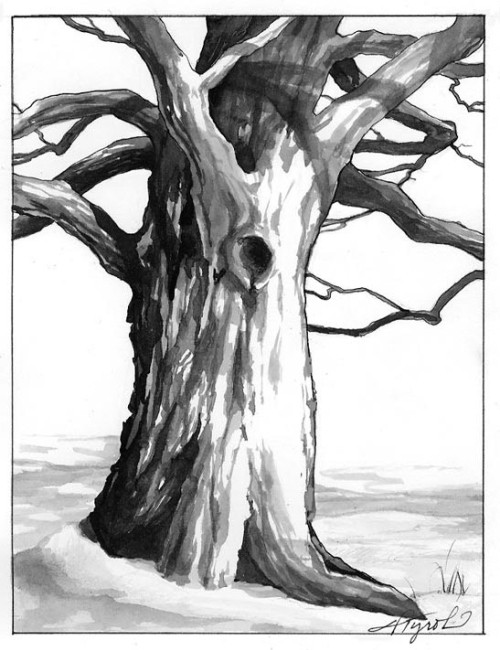
Several years ago, I attended a talk by a Seattle man who described how civic leaders, after much consideration, had adopted the Pacific salmon as the key indicator of quality of life in their region. The salmon was chosen because it is integral to both the human and natural economies of the Pacific Northwest. As both predator and prey, the salmon’s health and welfare are intertwined with the entire foodchain, including thousands of miles of waterways and the Pacific itself. It’s a key player in the human economy as well, from fishing to tourism to hydroelectric power to indigenous rituals. If the salmon is doing well, the theory holds, the overall region must be doing well, too.
This got me thinking: what’s our key indicator species here in Vermont and New Hampshire?
The Atlantic salmon might be a place to start. Historical salmon runs in these two states were dramatic and well documented during the Colonial period, and the salmon is the only species that ties all of New England together, from tributary headwaters in the Green and White Mountains all the way down to Long Island Sound and the gulfs of Maine and St. Lawrence.
There is the problem, however, that the Atlantic salmon remain all but extinct in the twin states (though recovery efforts are working to reverse that.) If we chose the salmon, therefore, we’d be choosing an indicator that will only point to “bad news”, at least for the foreseeable future. Not much hope there. If our indicator species is to be helpful in informing us about our quality of life, it needs to reflect the current state of affairs.
Whatever species we do choose should acknowledge the ecological reality that New Hampshire and Vermont are, fundamentally, forested. Our states are currently two of the three most heavily forested states in the country (Maine occupies first place), and forests have dominated our landscape for thousands of years, with the 19th and early 20th centuries being the only exception. Fields and open spaces are important, but they are variations on the theme, and our key indicator species ought to reflect the theme itself.
Somehow, this line of thinking brought me to the red eft, or, as it is known in its adult, aquatic phase, the red-spotted newt. When you find a red eft on the forest floor, you know automatically that there is clean water nearby and that the forest canopy is intact enough to provide shelter and habitat for this moisture-loving amphibian. Healthy efts imply a healthy forest, and healthy forests imply a healthy ecosystem overall.
The main problem with the red eft, however, is that some of you have already asked, “The red what?” Although efts are underfoot in forests across the twin states, few people beyond seasoned naturalists and curious children seem to notice them. We can’t have a symbol that nobody recognizes. Then there’s the problem that the red eft leaves out the economic side of the equation. Though loggers and foresters are well aware of efts and their needs, the rest of the economy would scarcely notice if all the region’s efts were to pack up and vanish tomorrow.
After being stuck on this for awhile, I realized that our key indicator doesn’t need to be an animal at all. It could be a plant. And that’s when I discovered the answer that had been staring me in the face the entire time: the sugar maple.
The economic value of sugar maple is undeniable: it’s our most prized timber hardwood (supporting thousands of forest-industry jobs), it’s our most prized foliage tree (attracting leaf peepers from around the world), and it’s the only tree in the woods worth tapping in March (excepting, on occasion and occasionally by mistake, the red maple). If the sugar maple were to vanish, you bet you’d hear about it on the evening news.
And vanish it might, which is what makes it such a good ecological indicator as well. Sugar maples are among the most sensitive of our forest trees to many of today’s environmental scourges, including acid rain, global warming, roadside salt, and invasive species (the Asian long-horned beetle, in this case). By many accounts, the sugar maple is in trouble. But corrective action can still avert a catastrophe, making sugar maple the perfect species to focus on if we’re concerned about our overall quality of life in New Hampshire and Vermont.
For those of you who live in the northeastern parts of the two states, where spruce and fir dominate, a different indicator species might be more appropriate than sugar maple. For combining forest health, tourism, hunting, and a “return-of-the-native” tale, the moose might be a good choice, provided we don’t end up with too many moose, eating every other critter out of house and home.

